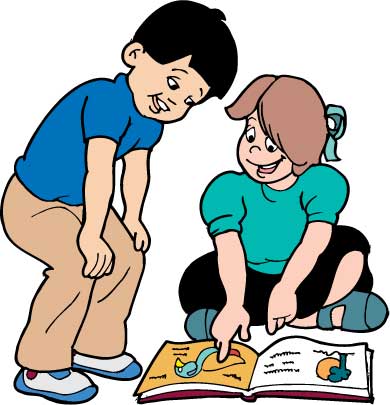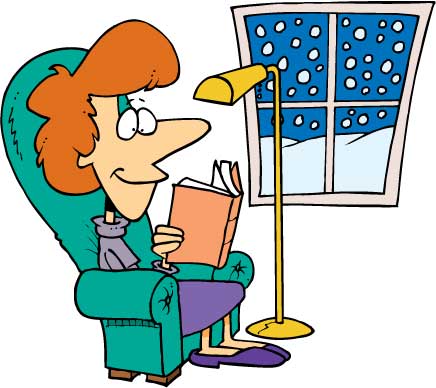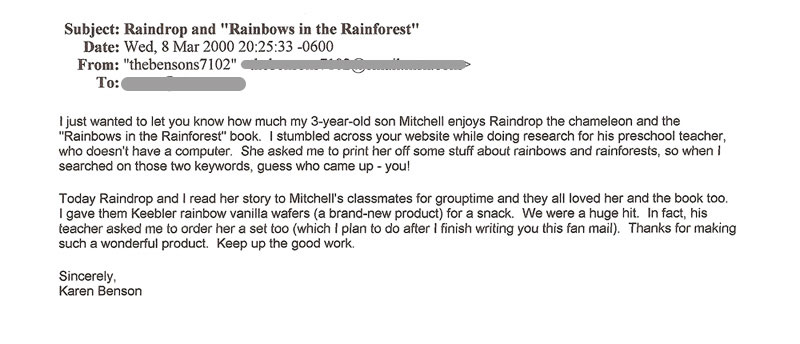 |
||
Parents and Grandparents Guide to Choosing Kid's Books |
||
|
 |
READING ALOUD TO KIDS "Reading aloud has been proven to be very important to the brain development of children," said Dr. Stever Vogler of Denver Health Services medical clinics. "It's been shown to be the single most important factor in helping children to learn to read." Source: THE DENVER POST March 19, 1999 |
Kids' Interests Kids have a natural attraction to animals, so animal stories are a good start. But there are so many choices. We've found that a good way to test a child's interest level is to let him or her see some illustrations from the book. Sometimes reading the first page is a helpful test of interest. |
||
Likeability For kids, appeal tends to be based on memo ability and likeability.How well do they remember the main character? Do they like the character? Sometimes the child likes the setting of the story. Examples: Australia, rain forest, ocean, farm, mountain. |
||
Eye Appeal |
Age Appropriate |
|
| Children's books need to be designed with eye appeal if you want kids to read. There should be lots of color, friendly layouts, nice accents, good line spacing and readable fonts. |
Picture books tend to be read by ages of 4 to 8 or 10 years. David Lemmon, who illustrated the |
|
Book-toy Sets |
Action Level |
|
| Some of the most popular children's books come with a toy. The toy can be a strong motivator for kids to experience the book because the central character takes on a personality as the story unfolds. |
 Children like to read stories which are vivid, descriptive and keep the momentum going. Jamie Lovejoy has a wonderful way of involving the child, because of her own intimate connection with animals and her gentle, mothering style. Rather than teach kids about animals, Jamie lets children learn from animals. Children like to read stories which are vivid, descriptive and keep the momentum going. Jamie Lovejoy has a wonderful way of involving the child, because of her own intimate connection with animals and her gentle, mothering style. Rather than teach kids about animals, Jamie lets children learn from animals. |
|
Length |
||


![]()

